Floor sanding is one of the most effective ways to revitalise your Sydney home’s timber floors. Whether you’re dealing with worn hardwood, damaged floorboards, or simply want to update your interior look, professional floor sanding can transform your living space while adding considerable value to your property. This comprehensive guide covers everything Sydney homeowners need to know about floor sanding, from understanding the process to selecting the right professionals for the job.
What Is Floor Sanding and Why Is It Important?
Floor sanding is the process of removing the top surface of timber floors using specialised sanding equipment. This technique eliminates scratches, stains, wear patterns, and surface imperfections, revealing the fresh timber beneath. For Sydney homes, where many properties feature beautiful hardwood floors, sanding represents an investment in both aesthetics and property value.
Key Benefits of Floor Sanding:
- Restores the natural beauty of timber floors
- Removes years of wear, scratches, and stains
- Provides a smooth, even surface for new finishes
- Significantly increases property value
- Extends the lifespan of your floors by decades
- Improves indoor air quality by eliminating trapped dust and allergens
Understanding Sydney’s Unique Flooring Challenges
Sydney’s climate and environment present specific challenges for timber floors that make regular maintenance crucial. The city’s humid summers and occasional flooding events can cause timber to expand and contract, leading to gaps, cupping, or crowning. Coastal areas face additional salt air exposure, whilst inner-city properties may deal with pollution and dust accumulation.
Common Sydney Floor Issues:
- Humidity-related timber movement
- Salt air damage in coastal suburbs
- UV damage from intense Australian sun
- Heavy foot traffic in busy family homes
- Pet damage and staining
- Water damage from storms or plumbing issues
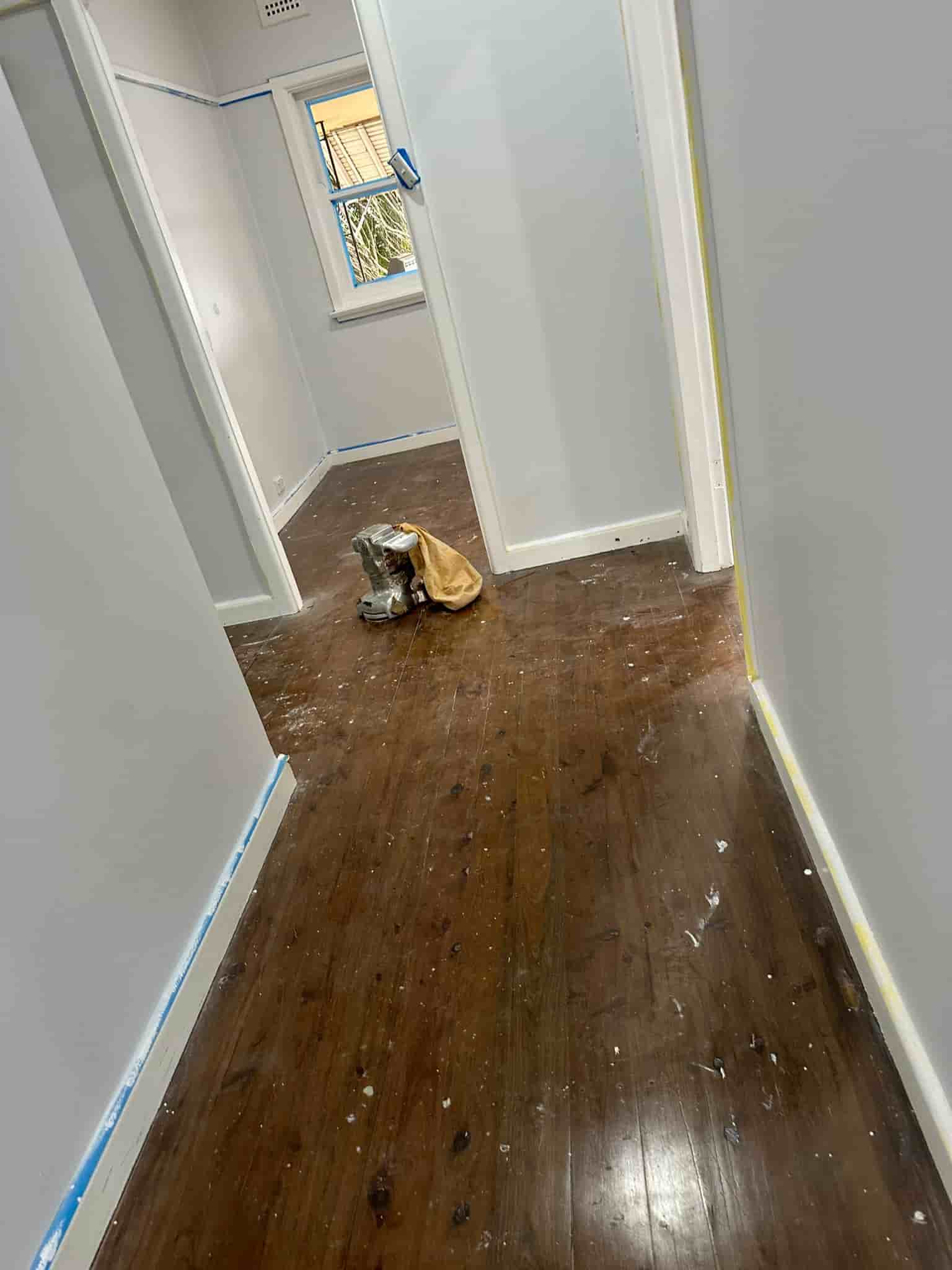
Types of Timber Floors Suitable for Sanding in Sydney
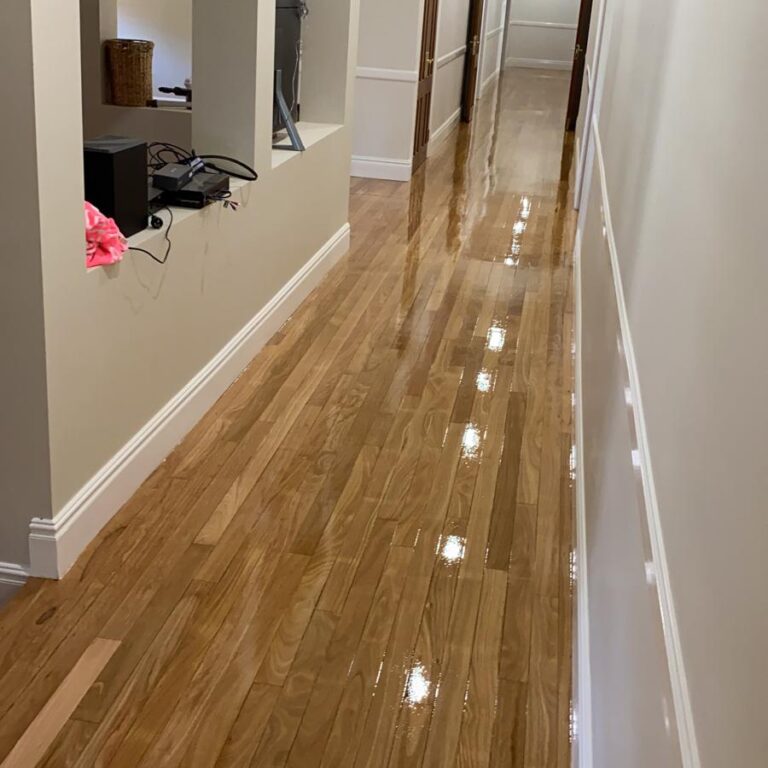
Not all floors are the same, and knowing your floor type is key for a good sanding finish. Sydney homes often feature various timber species, each with its own unique traits.
Hardwood Floors
- Spotted Gum: Extremely popular in Sydney, spotted gum offers excellent durability and attractive grain patterns. This native Australian hardwood sands beautifully and accepts stains well, making it ideal for modern renovations.
- Blackbutt: Another Australian native, blackbutt provides excellent value and durability. Its light colour and subtle grain make it versatile for various interior styles common in Sydney homes.
- Red Ironbark: Known for exceptional hardness and rich colour variations, red ironbark creates stunning floors that can handle Sydney’s high-traffic family lifestyle.
- Blue Gum: Offering beautiful honey tones, blue gum is perfect for creating warm, inviting spaces typical of Sydney’s relaxed coastal lifestyle.
Engineered Timber Floors
Engineered floors have a timber veneer over a plywood base. While they can be sanded, the process requires skill to prevent sanding through the veneer layer. Many Sydney apartments and newer homes feature engineered flooring because of its stability and affordability.
Parquet and Strip Flooring
Traditional parquet patterns and strip flooring continue to be popular in heritage Sydney homes. These floors often need specialised sanding techniques to preserve their intricate patterns and historical authenticity.
The Floor Sanding Process: Step-by-Step Guide
Understanding the professional floor sanding process helps Sydney homeowners make informed decisions and set realistic expectations.
Professional floor sanders begin with a thorough inspection, examining:
- Floor condition and timber species
- Existing finish type and thickness
- Structural issues or loose boards
- Room ventilation and access
- Furniture removal requirements
- Timeline and weather considerations
Proper preparation is crucial for quality results:
- Complete furniture removal
- Nail and screw inspection
- Board replacement if necessary
- Room sealing to contain dust
- Protection of walls and fixtures
- Equipment setup and safety measures
The initial sanding removes the old finish and major imperfections using coarse-grit sandpaper (typically 36-60 grit). This stage requires skill to maintain consistent pressure and avoid creating waves or gouges in the timber.
Multiple sanding passes with progressively finer grits (80, 100, 120 grit) produce a smooth, even surface. Each pass removes scratches from the previous grit while preparing the surface for the next stage.
Final sanding with fine grits (150-180 grit) creates the perfect surface for finish application. Edge sanding ensures consistent results across the entire room.
Thorough cleaning removes all sanding dust, which can interfere with finish adhesion and create an uneven appearance.
Professional application of chosen finishes, whether polyurethane, oil, or wax, protects the newly sanded surface and enhances the timber’s natural beauty.

Choosing the Right Finish for Sydney Conditions
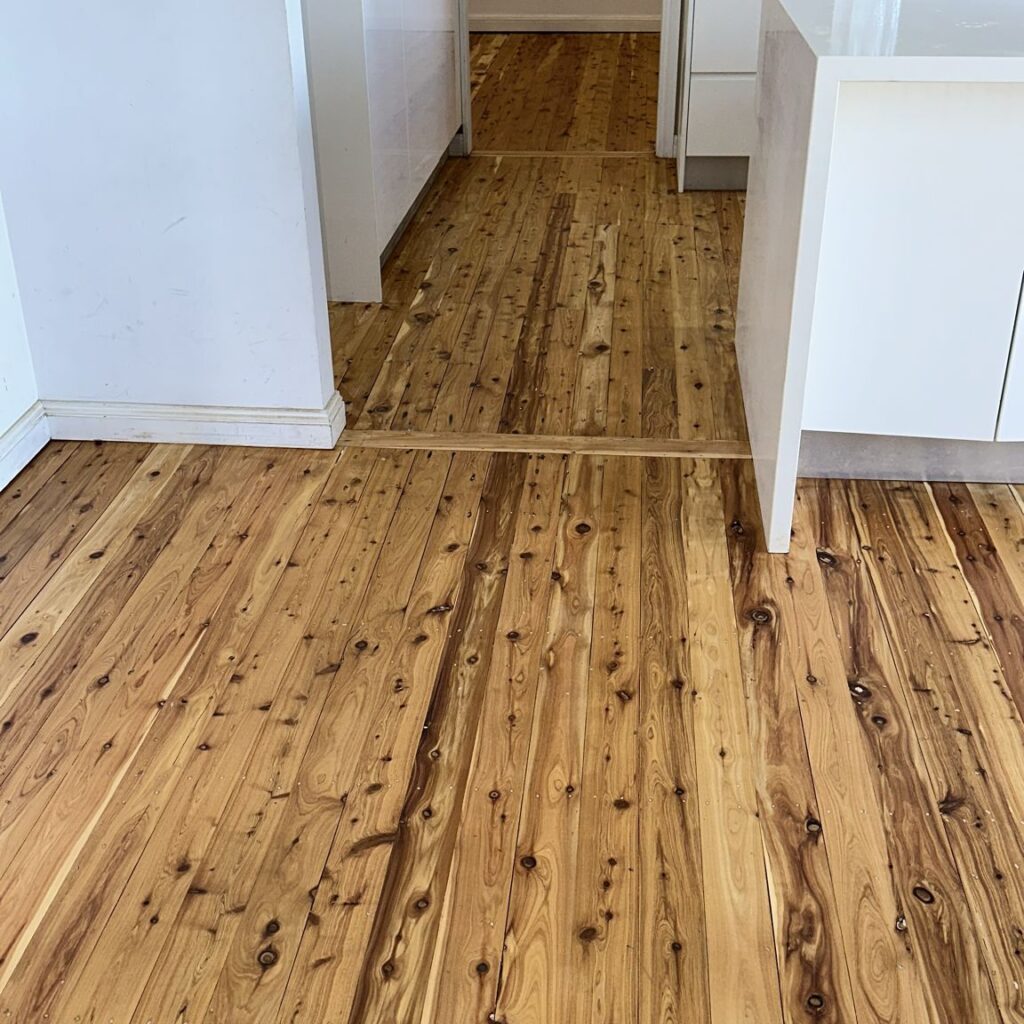
Sydney’s climate and lifestyle demands require careful finish selection to ensure long-lasting results.
Polyurethane Finishes
- Water-Based Polyurethane: Quick-drying and low-odour, ideal for Sydney’s occupied homes. Provides excellent durability with minimal yellowing over time.
- Oil-Based Polyurethane: Offers deeper colour enhancement and exceptional durability, perfect for high-traffic Sydney family homes. Longer drying times require careful planning.
Natural Oil Finishes
Tung Oil and Hard Wax Oils: Popular in health-conscious Sydney households, these finishes offer natural protection while allowing the timber to breathe. Regular maintenance is needed, but repairs are simple.
Specialty Finishes
- UV-Cured Finishes: Extremely durable and fast-curing, suitable for commercial applications or high-traffic residential areas.
- Penetrating Sealers: Ideal for outdoor timber areas common in Sydney’s indoor-outdoor lifestyle.
Cost Considerations for Floor Sanding in Sydney

Understanding floor sanding costs helps Sydney homeowners budget effectively for their renovation projects.
Factors Affecting Cost
- Floor Size and Layout: Larger, open-plan areas cost less per square metre than smaller, complex rooms with multiple angles and obstacles.
- Floor Condition: Heavily damaged floors requiring extensive repairs increase costs significantly.
- Timber Species: Harder timbers require more time and wear on equipment, affecting pricing.
- Finish Selection: Premium finishes and multiple coats increase material and labour costs.
- Access and Location: Difficult access in inner Sydney or high-rise apartments may incur additional charges.
- Timeline Requirements: Rush jobs or work outside standard hours command premium pricing.
Typical Sydney Floor Sanding Costs
Standard Hardwood Sanding: $25-$45 per square metre for basic sanding and single polyurethane coat.
Premium Services: $45-$65 per square metre including repairs, multiple finish coats, and specialty treatments.
Additional Services: Staining ($5-$10 per sqm), gap filling ($3-$8 per sqm), board replacement ($15-$30 per board).
DIY vs Professional Floor Sanding: Making the Right Choice
Many Sydney homeowners consider DIY floor sanding to save costs, but understanding the complexities helps make informed decisions.

DIY Considerations
- Equipment Requirements: Professional-grade sanders, dust extraction systems, and safety equipment represent significant rental costs.
- Skill Requirements: Proper technique prevents costly mistakes like gouging, uneven surfaces, or finish adhesion problems.
- Time Investment: DIY projects typically take 3-5 times longer than professional jobs.
- Material Costs: Professionals access trade pricing on materials, often offsetting labour costs.
Professional Advantages
- Experience and Expertise: Professionals handle unexpected issues efficiently, ensuring quality results.
- Proper Equipment: Commercial-grade equipment produces superior results with better dust control.
- Insurance and Guarantees: Professional work includes liability coverage and workmanship guarantees.
- Efficiency: Experienced teams complete projects quickly, minimising disruption to Sydney’s busy lifestyles.
Selecting the Right Floor Sanding Professional in Sydney
Choosing qualified professionals ensures successful results and protects your investment.
Essential Qualifications
- Licensing and Insurance: Verify current licenses and comprehensive insurance coverage including public liability and workers’ compensation.
- Experience with Your Floor Type: Ensure experience with your specific timber species and flooring style.
- Local Knowledge: Sydney-based professionals understand local climate challenges and council requirements.
- Modern Equipment: Current dust-free sanding systems protect your home and neighbourhood.
Questions to Ask Potential Contractors
- How many years of floor sanding experience do you have in Sydney?
- Can you provide recent references from similar projects?
- What dust control measures do you use?
- How do you handle unexpected issues like hidden damage?
- What warranty do you provide on your work?
- Are you licensed and insured for residential work in NSW?
- Can you provide a detailed written quote?
Red Flags to Avoid
- Door-to-Door Sales: Legitimate professionals rarely solicit work door-to-door.
- Unusually Low Quotes: Extremely cheap quotes often indicate inexperience or corner-cutting.
- No Written Contracts: Professional work requires detailed contracts protecting both parties.
- Pressure Tactics: Reputable contractors allow time for decision-making without pressure.
- No Local Address: Avoid contractors without verifiable local business addresses.
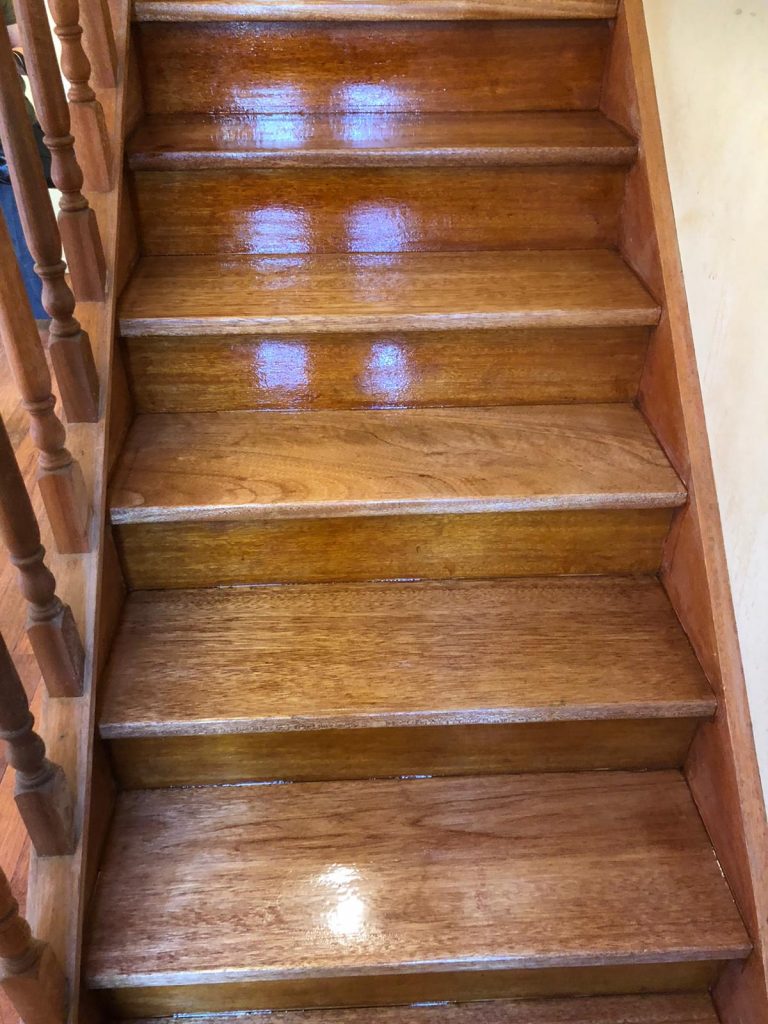
Maintenance Tips for Newly Sanded Floors
Proper maintenance extends the life of your newly sanded floors and protects your investment.
Immediate Post-Sanding Care
- Curing Time: Allow finishes to cure completely before heavy use (typically 7-14 days depending on finish type).
- Gentle Cleaning: Use only manufacturer-recommended cleaners during the curing period.
- Controlled Environment: Maintain consistent temperature and humidity during curing.
- Protective Measures: Use furniture pads and avoid high heels or heavy impacts during curing.
Long-Term Maintenance
- Regular Cleaning: Sweep or vacuum regularly to prevent abrasive dirt accumulation.
- Appropriate Cleaners: Use pH-neutral cleaners specifically designed for timber floors.
- Humidity Control: Maintain 30-50% relative humidity to minimise timber movement.
- Prompt Spill Cleanup: Address spills immediately to prevent staining and water damage.
- Professional Maintenance: Schedule professional cleaning and coat refreshing every 3-5 years.

Protecting Against Sydney's Climate
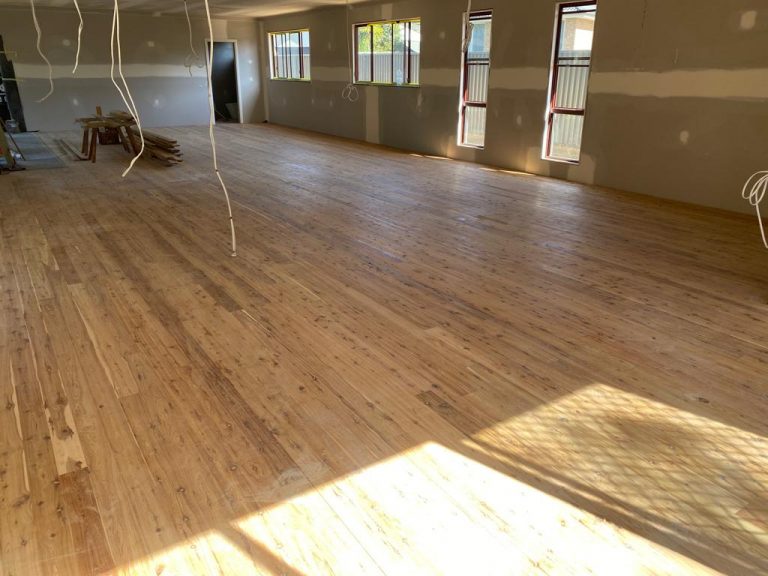
- UV Protection: Use window treatments to minimise direct sunlight exposure during peak hours.
- Ventilation: Ensure adequate airflow to prevent moisture buildup during Sydney’s humid periods.
- Seasonal Adjustments: Adjust heating and cooling systems to maintain consistent indoor conditions.
- Storm Preparation: Protect floors from water damage during Sydney’s severe weather events.
- Environmental Considerations and Eco-Friendly Options
- Sydney homeowners increasingly prioritise environmental responsibility in renovation decisions.
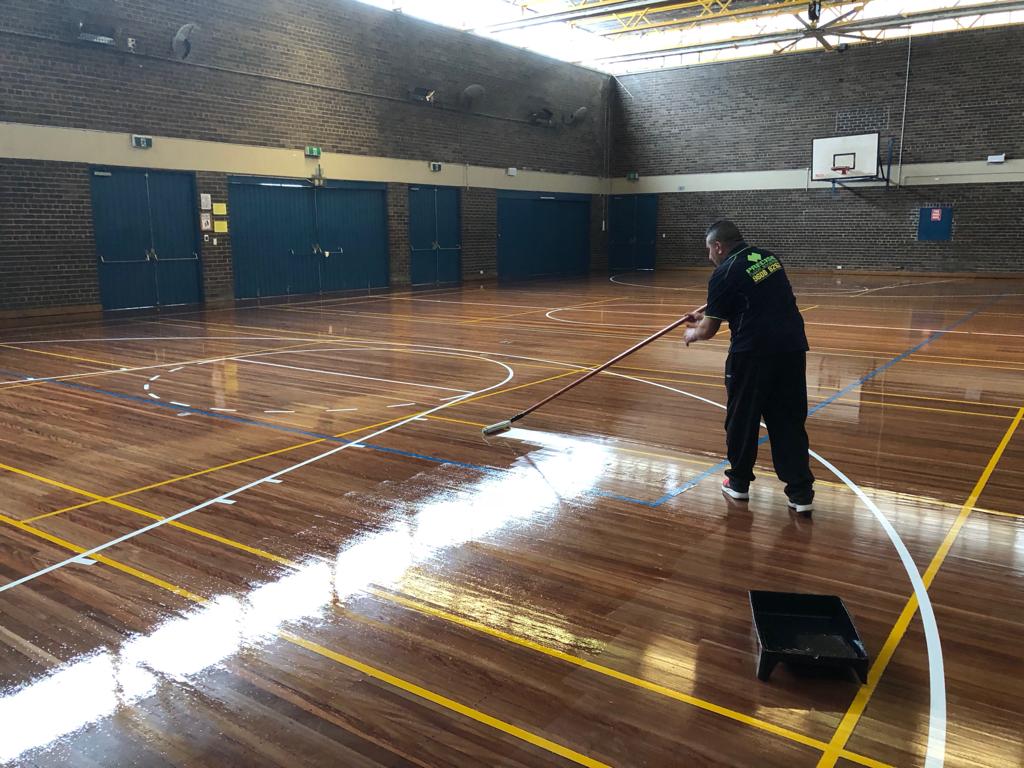
Sustainable Practices
- Dust-Free Sanding: Modern systems capture 99% of dust, improving indoor air quality and reducing environmental impact.
- Water-Based Finishes: Lower VOC emissions make these finishes ideal for environmentally conscious households.
- Local Timber Species: Using native Australian timbers supports local ecosystems and reduces transport emissions.
- Waste Minimisation: Professional contractors properly dispose of sanding waste and unused materials.
Eco-Friendly Finish Options
- Natural Oils: Plant-based finishes provide protection without synthetic chemicals.
- Zero-VOC Products: Available for households with chemical sensitivities or environmental concerns.
- Recycled Content Finishes: Some manufacturers incorporate recycled materials in their formulations.
Common Floor Sanding Problems and Solutions
Understanding potential issues helps Sydney homeowners identify quality workmanship and address problems promptly.
Sanding Issues
- Chatter Marks: Caused by worn sandpaper or incorrect technique, appearing as regular patterns across the floor.
- Cross-Grain Scratches: Result from skipping grits or using damaged sandpaper.
- Uneven Surface: Often caused by inexperienced operators or faulty equipment.
- Burn Marks: Created by stationary sanders overheating the timber surface.
Finish Problems
- Bubbling: Usually caused by moisture in timber or contaminated surfaces.
- Orange Peel Texture: Results from incorrect application techniques or environmental conditions.
- Poor Adhesion: Often due to inadequate surface preparation or contamination.
- Streaking: Caused by uneven application or quality issues with finish products.

Timing Your Floor Sanding Project
Strategic timing ensures optimal results and minimal disruption to your Sydney lifestyle.
Best Seasons for Floor Sanding
- Autumn and Spring: Moderate temperatures and humidity levels provide ideal conditions for sanding and finishing.
- Winter Considerations: Indoor heating can create optimal curing conditions but requires careful ventilation management.
- Summer Challenges: High humidity can extend drying times and affect finish quality.
Project Planning
- School Holidays: Popular timing for family homes, requiring early booking with contractors.
- Weather Windows: Monitor forecasts to avoid high humidity periods that affect finish curing.
- Accommodation Planning: Arrange alternative accommodation if necessary, particularly for whole-house projects.
- Delivery Schedules: Coordinate furniture removal and delivery around project timelines.
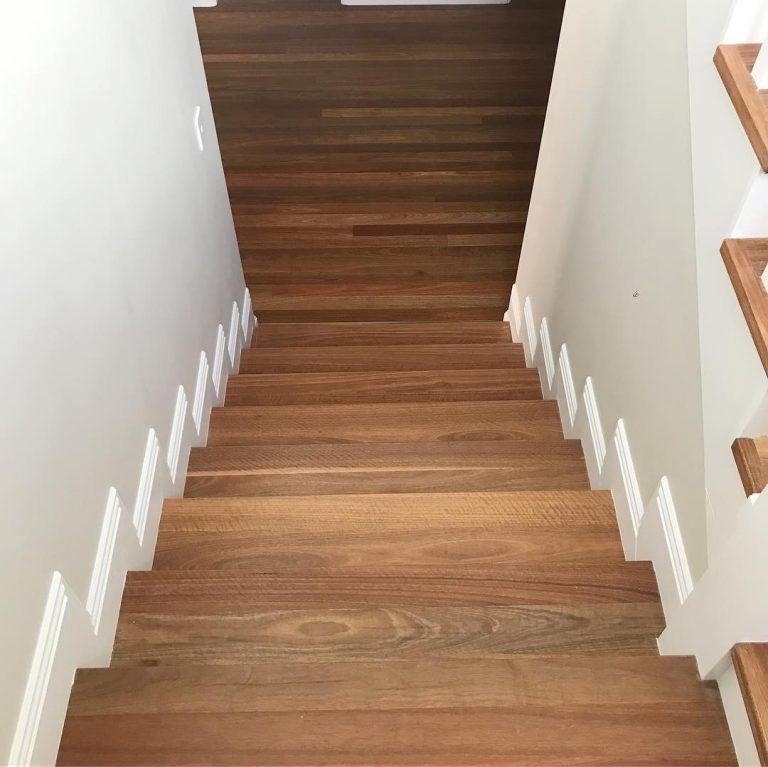
Investing in Your Sydney Home's Future
Professional floor sanding is one of the most cost-effective ways to increase your Sydney property's value and livability. Well-maintained quality timber floors, through professional sanding and finishing, can last for generations while offering timeless beauty and comfort.
The key to successful floor sanding is selecting experienced professionals who understand Sydney's unique climate challenges and can deliver results that endure. By investing in quality workmanship and materials, homeowners safeguard their investment and create beautiful, healthy living spaces for their families.
Whether you're renovating a heritage terrace in Paddington, updating a family home in the Hills District, or maintaining timber floors in a coastal apartment, professional floor sanding ensures your floors stay a source of pride and value for years to come. For Sydney homeowners considering floor sanding, investing in professional services pays off through better results, longer-lasting floors, and the peace of mind that comes with expert workmanship and comprehensive guarantees. Your floors are the foundation of your home's interior design, make sure they get the professional attention they deserve.
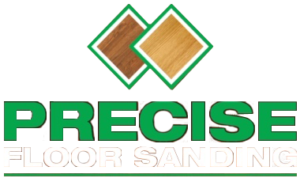
Add a Comment